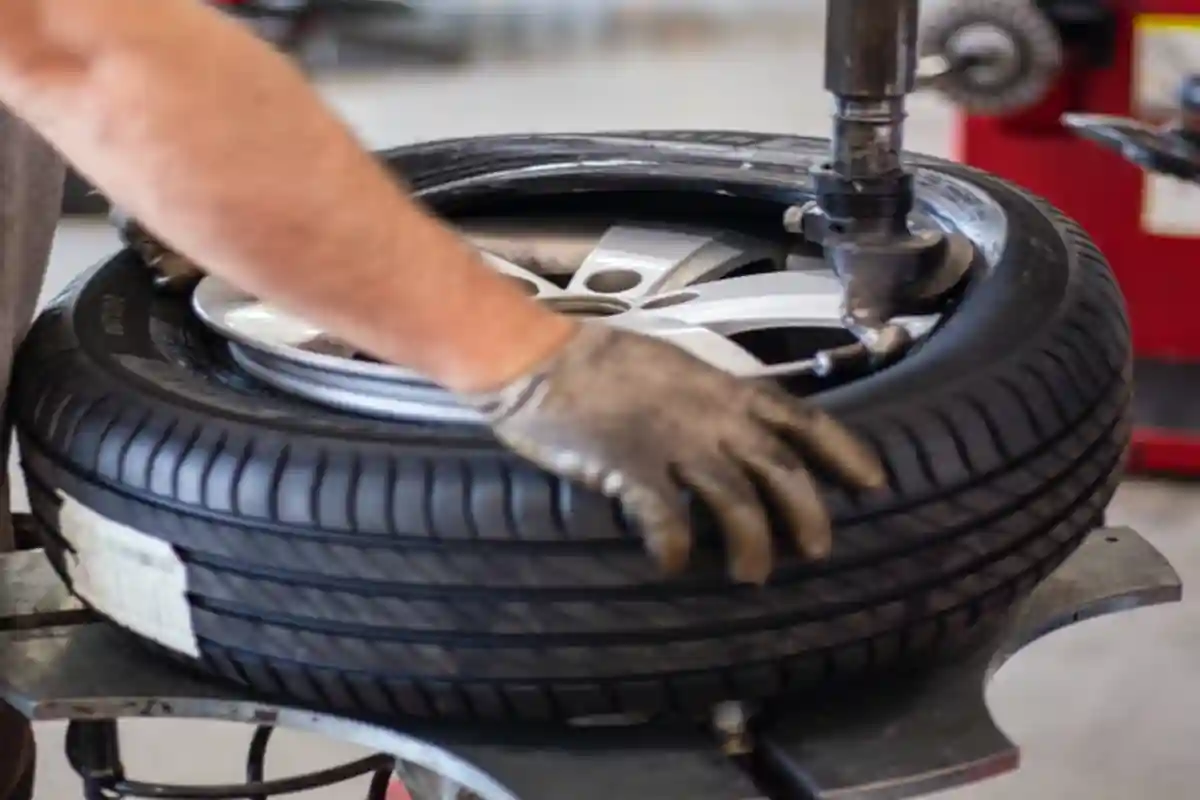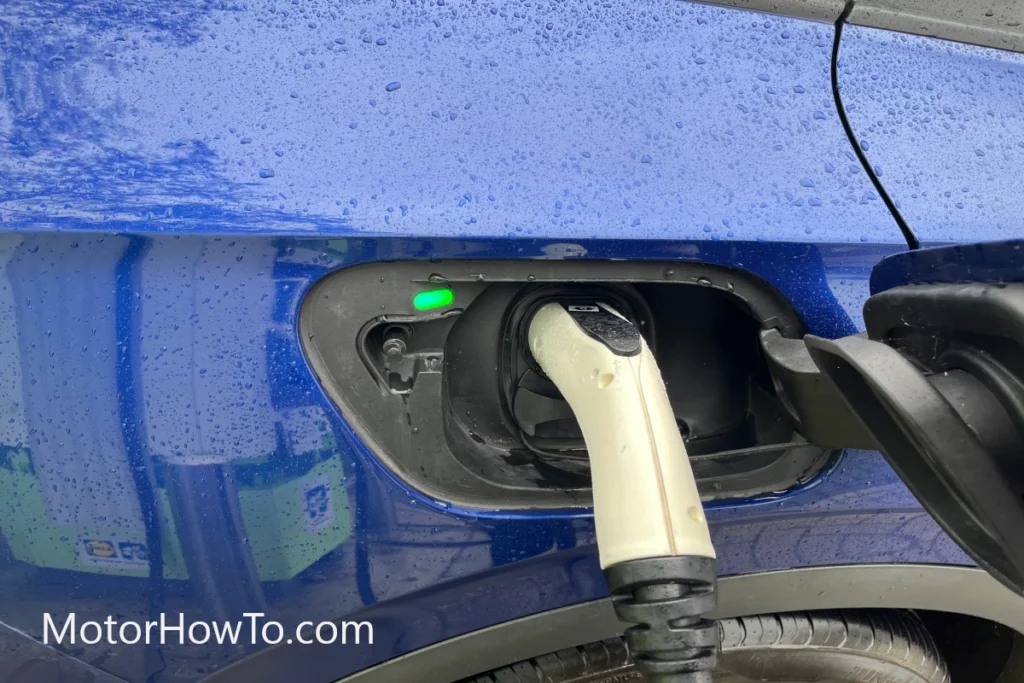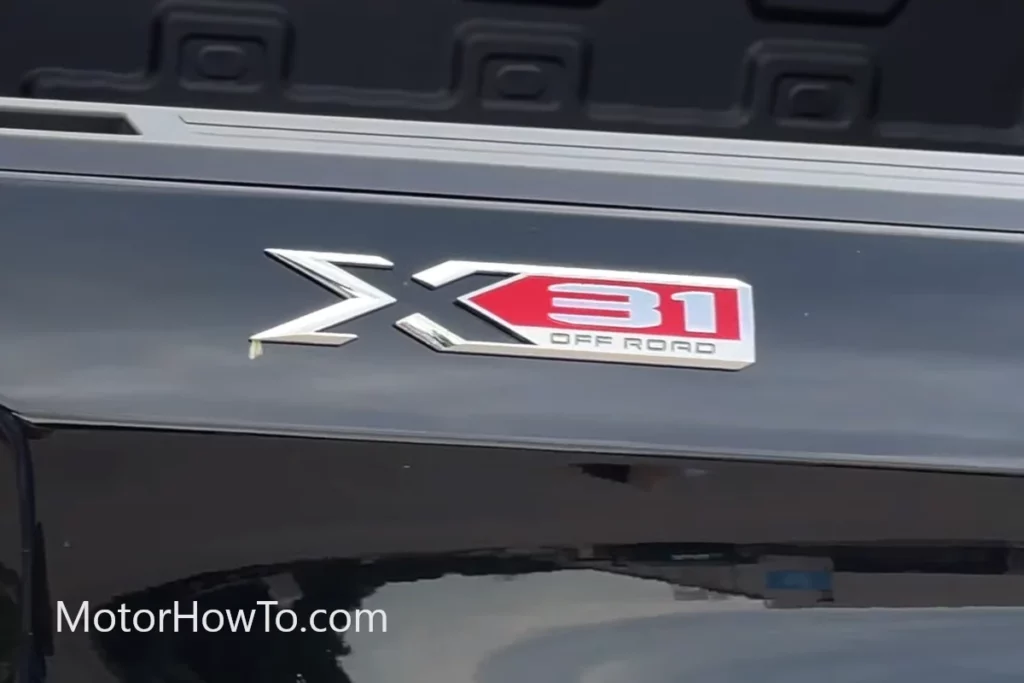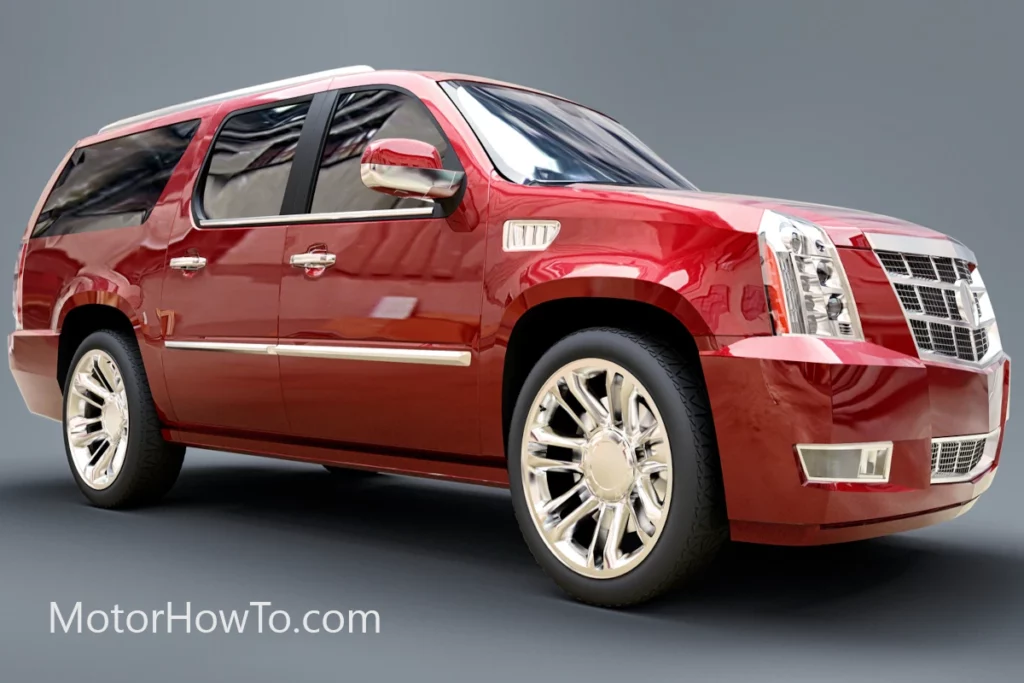The tire-pressure monitoring system (TPMS) is an important part of any vehicle that has this system because of how it allows you to know when your tires are beginning to lose air.
This system works through sensors that are usually located on the wheels of your car.
But what if you actually changed the tires of your car?
Do you need to replace the TPMS when you get new tires for your vehicle?
There is no need for you to replace your TPMS with new tires because you can still use your old TPMS. However, when you are talking about a direct TPMS, it is recommended that you have the seal kit replaced on the sensor valve stem. Other than that, you don’t have to replace your TPMS.
- Do you need to replace the TPMS when you get new tires for your vehicle?
- Understanding TPMS types and it's risk with replacing tires
- Do you need to replace TPMS with new tires?
- Can I reuse TPMS on new wheels?
- Do new tires come with new TPMS sensors?
- Do you have to reset tire pressure sensors when changing tires?
- Sources

The TPMS is a relatively new type of system in the vehicle industry but most of the newer cars today have them.
That said, not a lot of people are still quite aware of how the TPMS works, and that may confuse them when it comes to replacing their tires.
So, we are here to talk more about the TPMS and whether or not there is a need to replace the tire sensors when you do get new tires for your car.
Understanding TPMS types and it’s risk with replacing tires
One of the most important things you need to remember when you are driving is making sure that your tires have enough air pressure.
That’s because you don’t want to drive on a flat tire especially if you are in for a long drive and you don’t know if you would end up passing by a place where you can put some air into your tires.
After all, driving with a flat tire can be disastrous to you because of the safety issues involved with it. Of course, driving with flat tires can also damage your car.
That said, when it comes to monitoring the air pressure of your car, most of the newer cars today are built with what we call the tire pressure monitoring system or the TPMS.
This system is basically responsible for monitoring the air pressure that the tires have through different means, which we will be talking about later.
But the point of the matter here is that the TPMS is most likely using sensors that are located in the wheels of your car so that it can properly monitor the air pressure in the tires.
But what if you actually changed your car’s tires in that you bought new wheels and had them installed on your car? Does that also mean that you have to replace the TPMS? After all, the conventional knowledge is that the TPMS uses sensors that are located in the wheels.
Before we answer that question, we need to talk more about the TPMS and the different types of tire-pressure monitoring systems so that it will be easier for you to understand whether or not there is a need to change your tires.
That’s because different tire pressure monitoring systems function in different ways as explained below:
Direct TPMS
The first type of TPMS is the direct TPMS, which is the type of TPMS that actually uses sensors that are found on the wheels of the car. Hence, that is why it is called “direct” as it directly monitors the tire’s air pressure through the use of sensors.
The thing you need to know about the direct TPMS is that it gives real-time readings of your tire pressure as you will be able to see the tire pressure clearly on a monitor on your dashboard. As such, the direct TPMS is regarded as the better and more accurate type of TPMS.
Indirect TPMS
Meanwhile, the second type of TPMS is the indirect TPMS, which does not use any sensors.
Instead, what the indirect TPMS uses is the anti-lock brake system or ABS, which should be able to notify you that the air pressure in your car has seen a huge change.
As such, there is no real-time monitoring of the tire pressure of your car, and that there is no constant monitoring happening. The system will only notify you through a light on the dashboard when the air pressure in one of your tires has drastically dropped.
Do you need to replace TPMS with new tires?
Now that we understand the TPMS types it becomes easy to understand which of the two types of TPMS directly uses the wheels when monitoring the tire pressure of your car.
Of course, that is the direct TPMS, which actually uses sensors located on the wheels. As such, this type of TPMS should be the most affected when you change the tires of your car.
In terms of the indirect TPMS, there is no need to worry about changing to new tires and replacing the TPMS because it isn’t even built into the wheels and is actually just using the ABS.
So, if your car uses an indirect TPMS, then the logical answer is that there is no need to change the TPMS if you replace your tires with new ones.
Then again, even if your car does have a direct TPMS, that doesn’t mean that you need to replace it with a new one when you get new wheels. There is no need for you to get new TPMS sensors when you replace your wheels with new ones as long as your older TPMS is still functioning.
However, what is recommended is that you have the seal kit on your sensor valve stem replaced if you do get new tires. But the fact of the matter is that there is no need for you to replace your TPMS with a new one if you do get new tires for your car.
Can I reuse TPMS on new wheels?
Now that you know that there is no need to replace your TPMS if you get new wheels, does that mean that you can just simply reuse your old TPMS on your new wheels?
Of course! You can still use your old TPMS and reuse it even if your wheels are new.
However, there are some things you still need to consider first before you make that decision.
The first thing you need to consider is the battery life of your reused sensors.
That’s because TPMS sensors run on lithium-ion batteries that have a limited shelf life of about 5 to 10 years depending on the batteries.
So, if your old sensors have already been around for a few years, you may want to replace them with new ones or just simply go for a battery replacement on your sensors.
Of course, another consideration that we should look at is the fact that you would have to spend more money to transfer your sensors to the new tires.
The cost of this service can depend on several factors but what you need to consider here is that this can be a bit expensive. Depending on your area, you might end up spending somewhere between $80 to $160 for simply transferring your old TPMS to your new tires.
Finally, you should also consider that not all tires are compatible with your TPMS. If you bought new tires that are not even TPMS-compatible, then that means that you won’t be able to reuse your old TPMS or even use any sensors at all. As such, you might be forced to drive without TPMS, which isn’t really necessary but is very useful.
At the end of the day, it really is entirely up to you when it comes to deciding whether or not you want to replace your TPMS with new ones or if you want to simply reuse your older ones.
Still, you would have to consider the signs that would point to the fact that maybe you shouldn’t reuse your old TPMS.
This should be evident when your sensors are already corroded or have become too worn out due to the normal course of wear and tear.
Do new tires come with new TPMS sensors?
At this point, you already understand that you may or may not reuse your TPMS for your new tires depending on certain considerations that you need to look at first.
So, if you have decided to not reuse your old TPMS, do new tires come with new TPMS sensors?
No, new tires do not come with their own TPMS sensors because you will only be getting the tires themselves.
But the good news here is that, depending on where you got your new tires from, you are free to have new sensors installed in the new tires especially if you no longer want to reuse your old TPMS sensors.
That said, you still need to consider the additional costs you would be incurred when you do have new sensors installed in your tires.
On top of how you need to buy the individual sensors, you would have to pay for the servicing and installation of the sensors themselves. As such, depending on your location, you may end up spending more if you do intend to get new sensors for your tires.
Do you have to reset tire pressure sensors when changing tires?
If you want the short answer, then the answer you would get is that it really depends on the type of TPMS that you have on your car.
Again, let’s go back to the conversation regarding direct and indirect tire pressure monitoring systems.
The good thing about having a direct TPMS on your car is that the system itself already has an automatic readjusting system that simply resets the tire pressure on your new tires when you replace the old ones with new ones.
Your only job here is to drive your car a few miles for the sensors to automatically pick up the air pressure in the new tires.
However, this isn’t the case when it comes to an indirect TPMS because you and your mechanic should manually reset the system. This can be something that can be tedious, and that is why you should leave the job to your mechanic.
If you don’t manually reset the system, what happens is that the light indicator on your dashboard will still show that your tires are experiencing low air pressure. But, in some cases, there are indirect systems that will allow you to reset the system with a few buttons.



